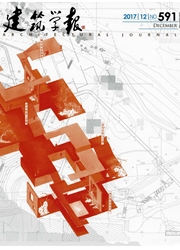

 中文摘要:
中文摘要:
在新疆瀚海绿洲的古代遗址中,近代陆续出土了若干古人遗留在当地的汉文印信。这类汉唐时代的历史遗存,与同一地区出土的众多汉籍文献、内地遗物一样,从文物视域折射了当年中原王朝对西域地区的政治经略与文化浸淫。而相关古代史料的文化学考察,则让人们认识到中原王朝的西域经营,实际上伴随着一个旷日持久的与当地民族相互融合的文化过程。古代汉文印信在新疆地区的出土,恰以历史文物毋庸置疑的认识价值,展示了中华民族在塔里木及其周边地区多元一体发展的真实存在。
 英文摘要:
英文摘要:
In the past few decades, several Chinese official seals have been unearthed in the desert oases of Xinjiang. Like the other several Chinese documents and artifacts unearthed in the same area, these historical traces dating from Han-Tang times reflect the administrative policies and cultural influences of the Chinese court based in the Central plain over the Western Regions of the empire. The philological analysis of ancient historical documents leads us to realize how the Chinese policies in the Western regions follow the scheme of a wider and constant process of cultural integration with the local ethnic groups. Being relics of unquestionable historical value, these ancient Chinese official seals in Xinjiang perfectly show the tangible existence of a process of pluralistic integration of the Chinese ethnic groups in the Tarim basin as well as the surrounding areas.
 同期刊论文项目
同期刊论文项目
 同项目期刊论文
同项目期刊论文
 期刊信息
期刊信息
